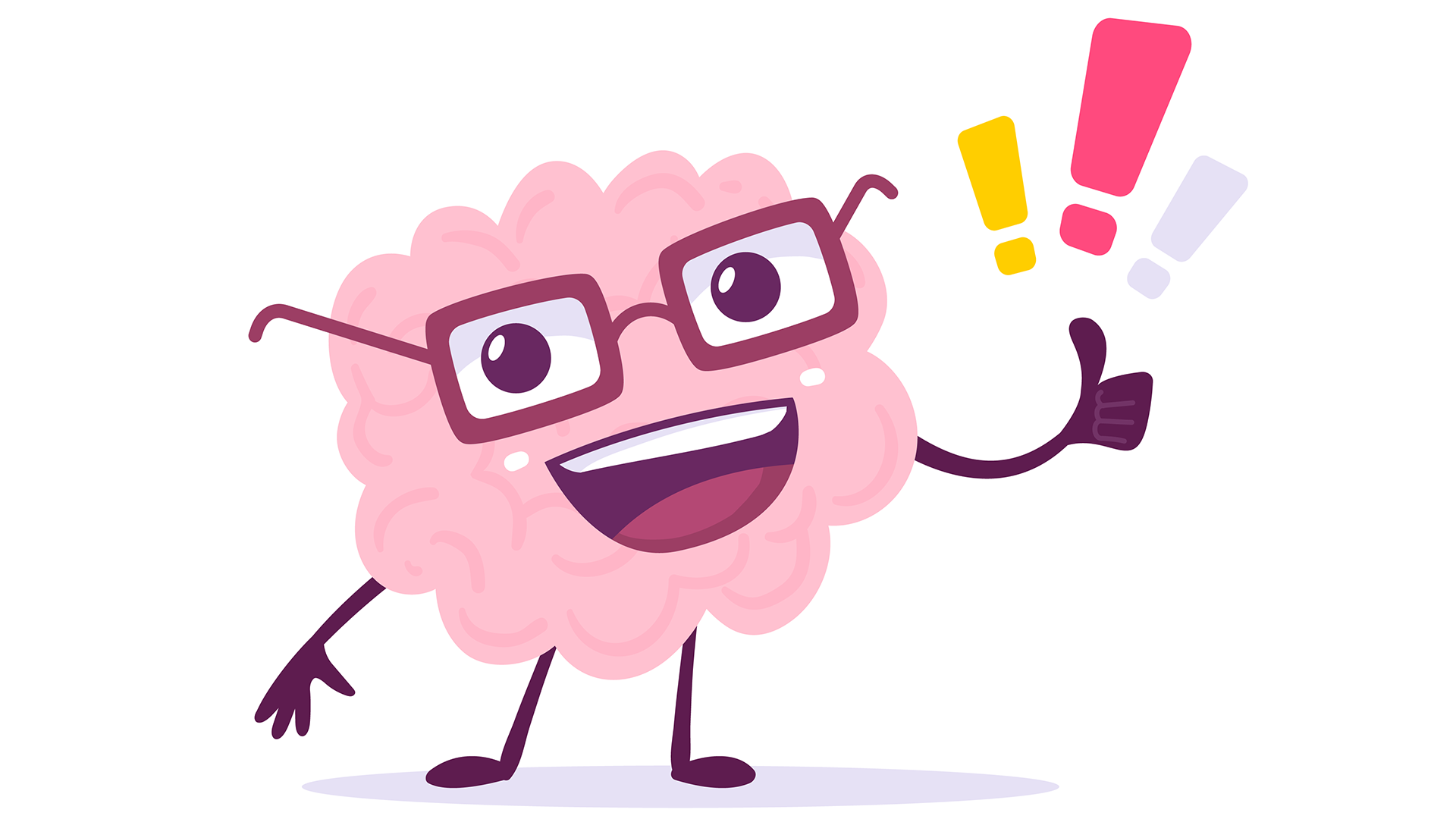Test your science knowledge
Researchers have been studying brain cells since the turn of the 20th century. How much do you know about what they have learned since then? Test your brainpower with our neuroscience trivia quiz. Good luck!
Modern neuroscience started in the early 1900s. Which researcher is widely considered to be the founder of the field?
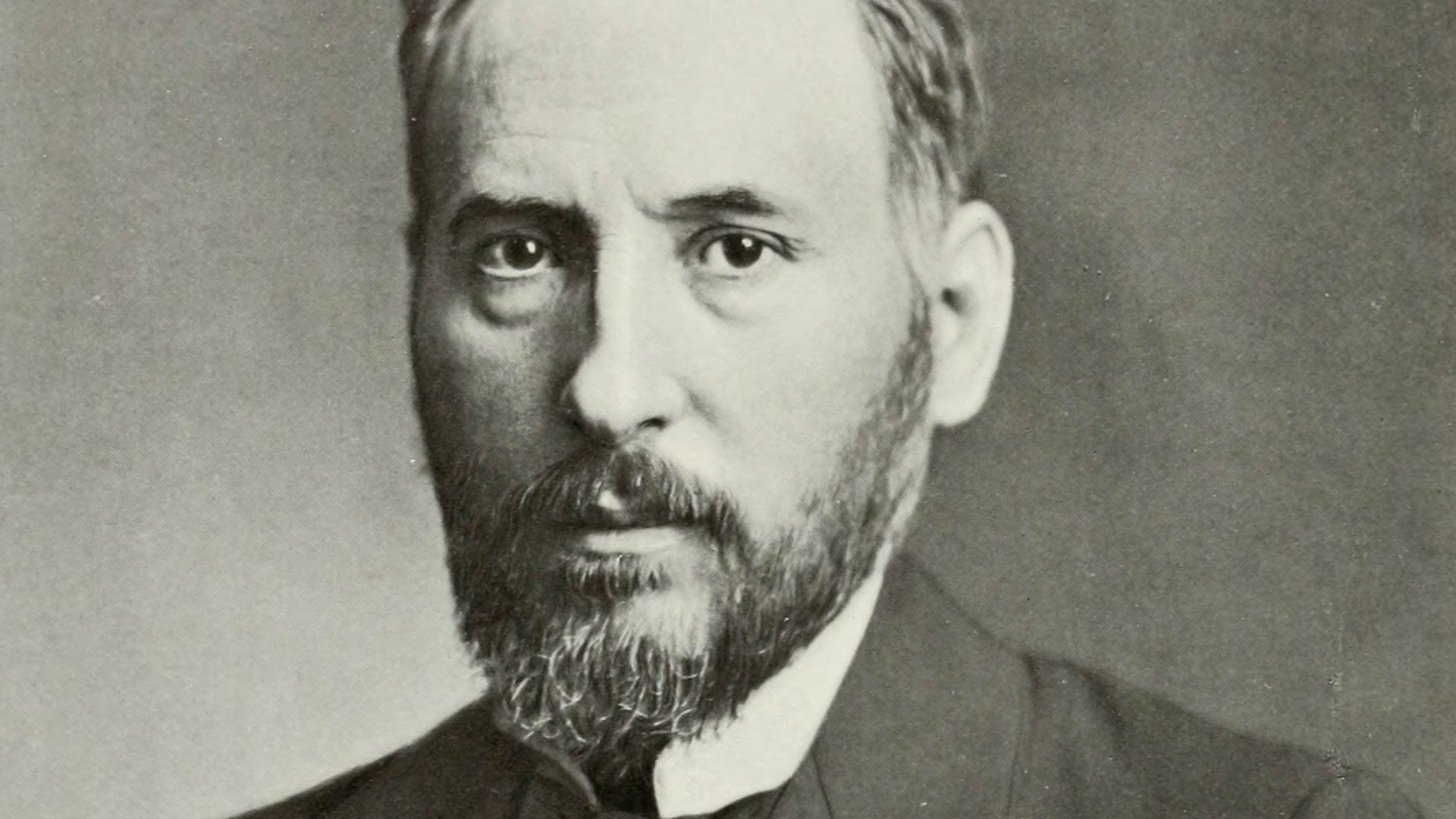
Santiago Ramón y Cajal proposed the neuron doctrine, suggesting that neurons were individual cells and constituted the basic processing unit of the brain. His conclusion is widely credited as the basic principle of modern neuroscience. In 1906, he received a Nobel Prize along with his colleague Camillo Golgi for their work on the nervous system.
Since Ramón y Cajal determined that neurons—the nerve cells responsible for sending electrical signals in the brain—are the fundamental units of the nervous system, scientists have been striving to understand the cells’ shapes, functions, and connections. Approximately, how many neurons do we have in our brain?
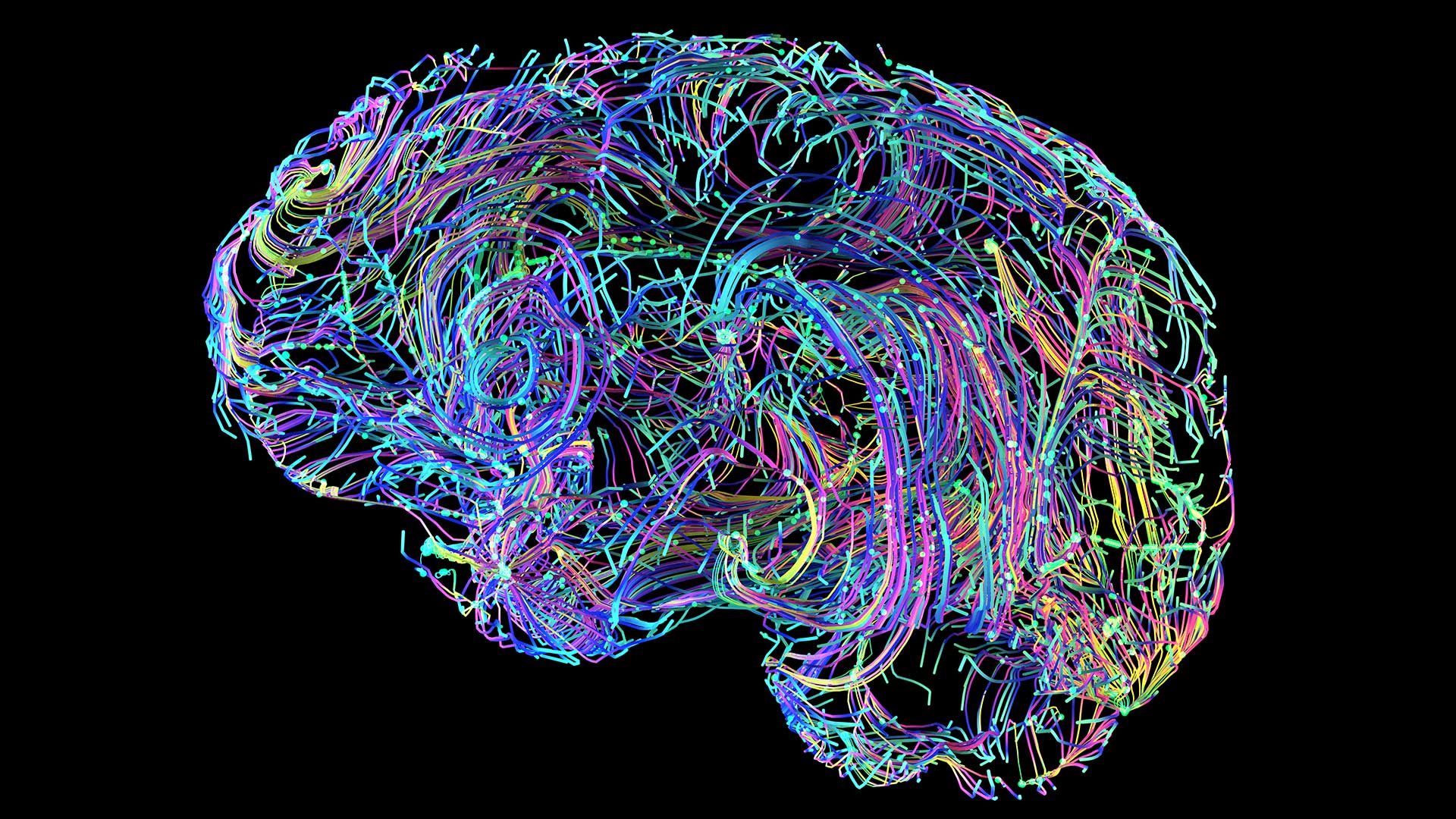 © Design Cells – stock.adobe.com
© Design Cells – stock.adobe.com
According to research published in 2009 by Suzana Herculano-Houzel, the human brain has around 86 billion neurons, plus another 84 billion non-neuronal cells. That’s a ton of cells! Today, scientists are building cell-by-cell atlases and catalogs to examine the features and functions of each cell type.
With so many neurons, communication is key. One type of neuron is notable for its elaborate branching structure, reaching out to communicate with more than 100 other neurons. This type of cell is known as:
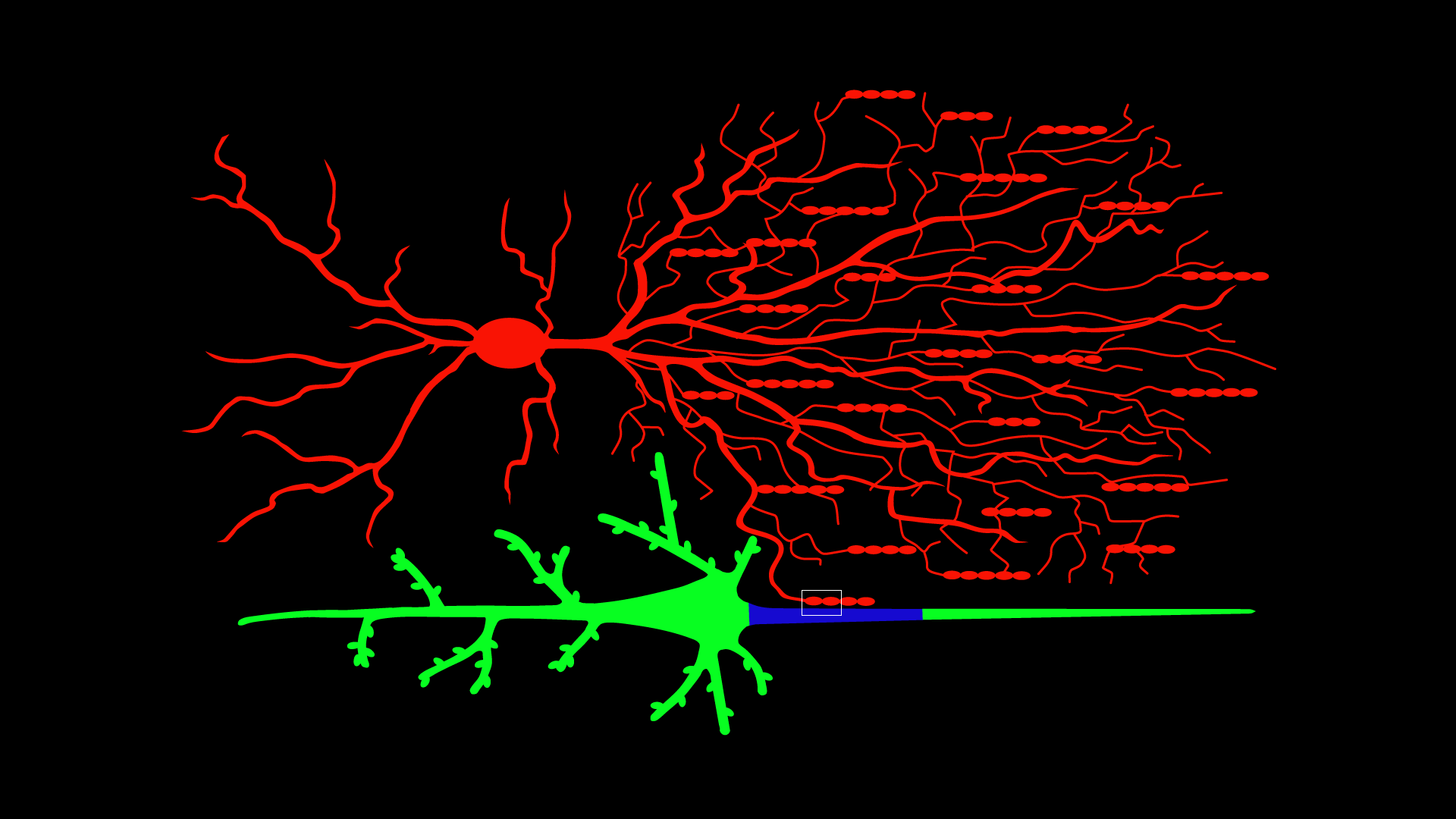
Chandelier cells are influential regulators of signaling in the brain. In a December 2020 study, CSHL Adjunct Professor Z. Josh Huang showed that mice with overgrown chandelier cells had severely impaired depth perception. Research has also shown that abnormalities in this cell type have been linked to epilepsy, autism, and schizophrenia. CSHL Professor Linda van Aelst seeks to understand how chandelier cells develop these crucial connections.
Many non-neuronal cells in the brain are called glia. One type is known as microglia, a class of immune cells that protect the brain from infection and inflammation. However, they also play a different, unexpected role:
 © PR Image Factory – stock.adobe.com
© PR Image Factory – stock.adobe.com
It’s not just for your garden hedges: your brain cells need pruning too! Microglia are responsible for directing neurons to modify their own connections—or synapses—in response to sensory cues. CSHL Assistant Professor Lucas Cheadle found that young mice require visual stimulation to develop an important visual processing circuit. Visual input stimulates the microglia, which in turn signals nearby neurons to prune their synapses and connect in the right way. Without the visual stimulation, the circuit sprouts too many synapses, and connections go haywire.
The brain is involved with processing other senses as well, including smell. Receptors that line our noses take in molecules in the surrounding air to process smells. Who has the most smell receptors?

Mice have a small but mighty nose, with a whopping 1,100 smell receptors! Dogs have about 850 while humans come in third, with around 400. Smell receptors take in molecules that enter the nose and then transmit the information to neurons for processing and identification. Researchers like CSHL Professor Alexei Koulakov are interested in designing artificial smell receptors that can detect all kinds of medical conditions from a person’s odors. An artificial intelligence (AI) apparatus (dubbed “Deep Nose”) would take in a person’s smells, analyze the molecules, compare them to a database, and generate a printout of their health.
Researchers can use insights they gain from real brains as inspiration for next-generation AI that mimics a more human-style intelligence. CSHL Professor Anthony Zador, CSHL Assistant Professor Tatiana Engel, and Koulakov are leading an effort to recruit AI experts and train them in neuroscience through the CSHL NeuroAI program.
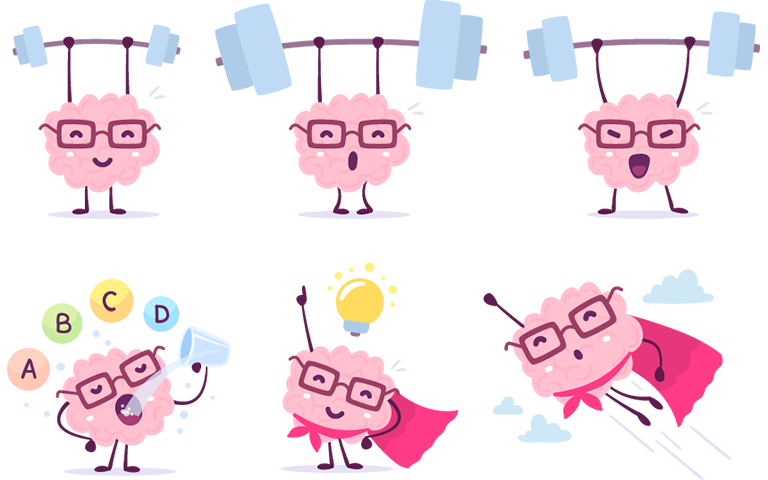
Share your Results:
